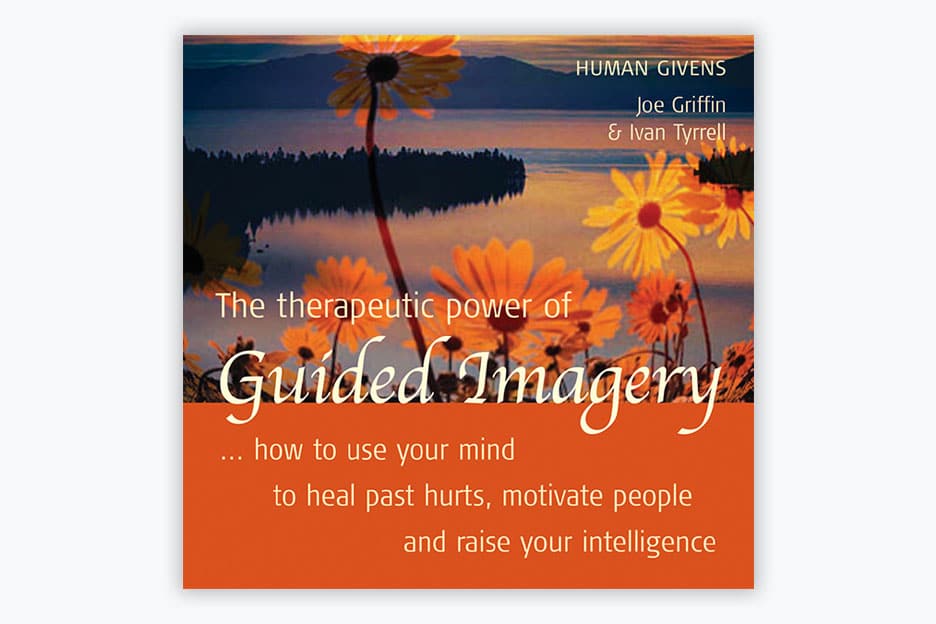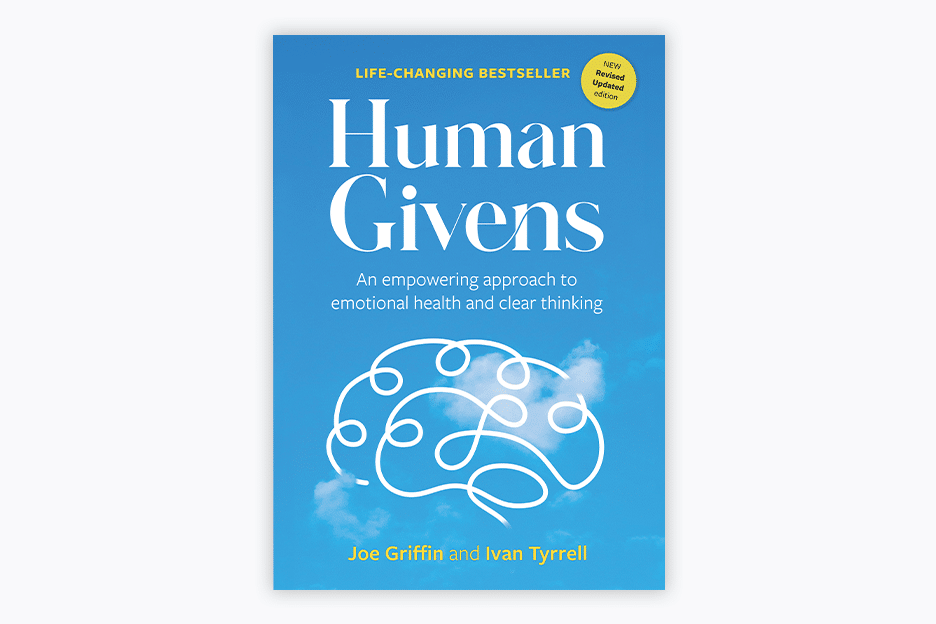How to use your imagination to manage pain
Sometimes patients misunderstand when they are told how imagination can affect pain, and say crossly, “So you think the pain is all in my imagination?”

Dr Grahame Brown
The answer is no. Imagination is about anticipating what may happen in future. What is in your imagination is not pain. It’s fear – fear of disability, of being in a wheelchair, of never being able to go out or of never being without pain. That is what is in your imagination!
Imagination is incredibly powerful: you can make it work against you or for you. If you catastrophise, you unknowingly use your imagination against yourself. Now let’s look at what you can do to help turn the pain volume down instead of up, by imagining better, more desirable outcomes.
Your imagination is an incredibly powerful tool, but it requires direction."
Dr Grahame Brown
It helps to find the most comfortable position you can where you will not be disturbed, and to close your eyes. You might like to try imagining:
Being in a lovely, relaxing place. Perhaps there might be floating, fluffy clouds in the sky, a tinkling waterfall, warm sunshine on your skin or a cool soothing breeze. Try to use all your senses and imagine what you can see, feel, hear, touch or smell.
A soothing or healing light in a colour you like, that neutralises the pain.
A gold thread, which is connected at one end to the crown of your head and at the other to an invisible hook in the ceiling (or roof of the car or the sky). Imagine a gentle pressure from the thread, which makes your neck lengthen and your head drop slightly, your chin pull back a little towards your neck and your shoulders pull back a bit too. It is a lovely feeling that takes the pressure off your neck and shoulders.
A shape and size to the pain. See it shrinking or becoming diluted. Give it a colour (for example, fire engine red if it feels hot) and then change the colour to one that you find healing.
The pain being in a different place. Try shifting it in your imagination to a somewhat less bothersome place, like a thumb or an earlobe and then try shrinking it, once there.
An electronic control panel or dials that you can use to switch pain on or off or up or down.
That your pain perception is like computer software, which sometimes gets corrupted or brings the wrong program up. At first, you think the computer is damaged but, in fact, the hardware is fine and you just need to remind yourself to reboot the system or change the program to get it functioning again.
That the pain is a person. Researchers at Bangor University found that sufferers from rheumatoid arthritis could control their pain better when they visualised their pain in the form of a person, thanked that ‘person’ for alerting them to the problem area and then imagined asking the ‘person’ to leave, visualising them getting further and further away and finally disappearing altogether, leaving the sufferer free of pain.
Countering the physical sensations of your pain. For instance, if you feel intense heat, you could imagine a cool soothing gel being gently massaged into the area. If the pain is throbbing, perhaps try imagining it as a car with the engine running and then take your foot off the accelerator or turn the engine off. If a part of your body feels heavy, imagine it being gently lifted like a balloon. If the pain is sharp, imagine it as a sharp taste, such as a lemon, and then dilute it into sweetened lemonade.
Changing the nature of the pain. In your imagination, can you make a short, cutting, blinding pain into a dull heavy ache? And then can you make that dull heavy ache into an irritating itch? And then can you make that itch come and go?
Doing any of these exercises will enable you to experience for yourself the power of your imagination over pain.
This post was adapted from a section in Dr Grahame Brown’s book How to liberate yourself from pain: practical help for sufferers – from our popular Self-help series.
Dr Brown is also a tutor for Human Givens College and teaches the live online one-day course Effective Pain Management.





